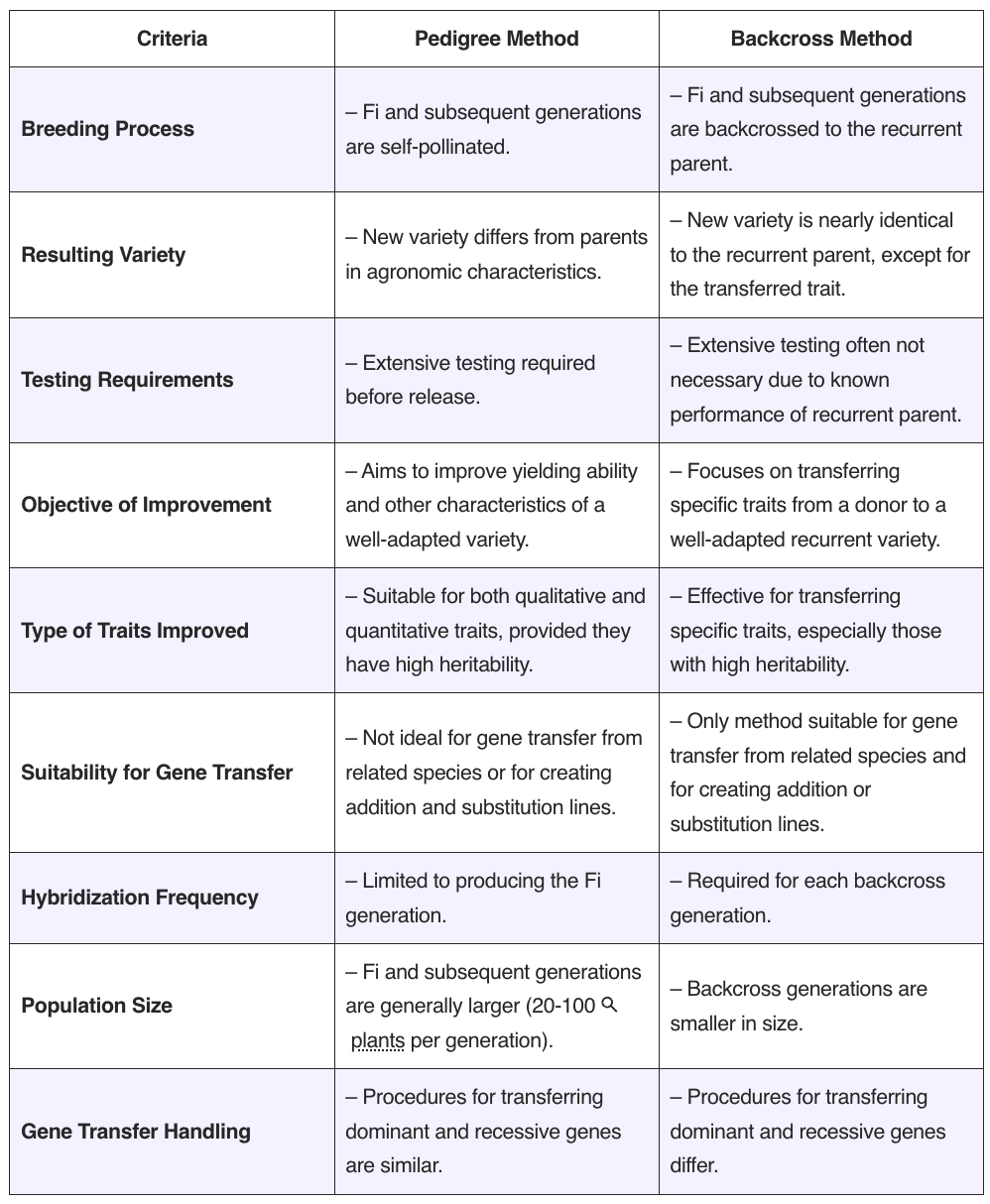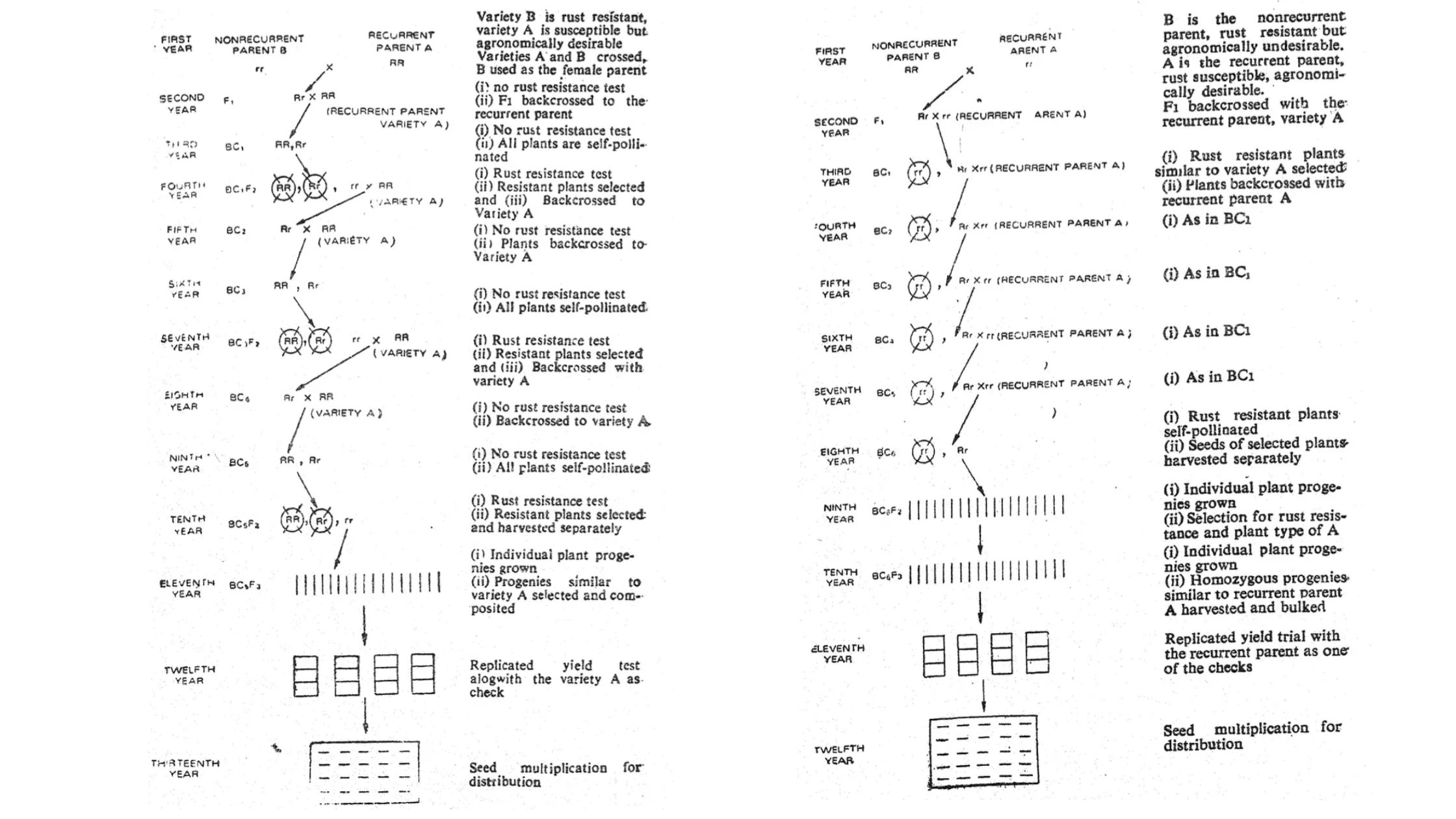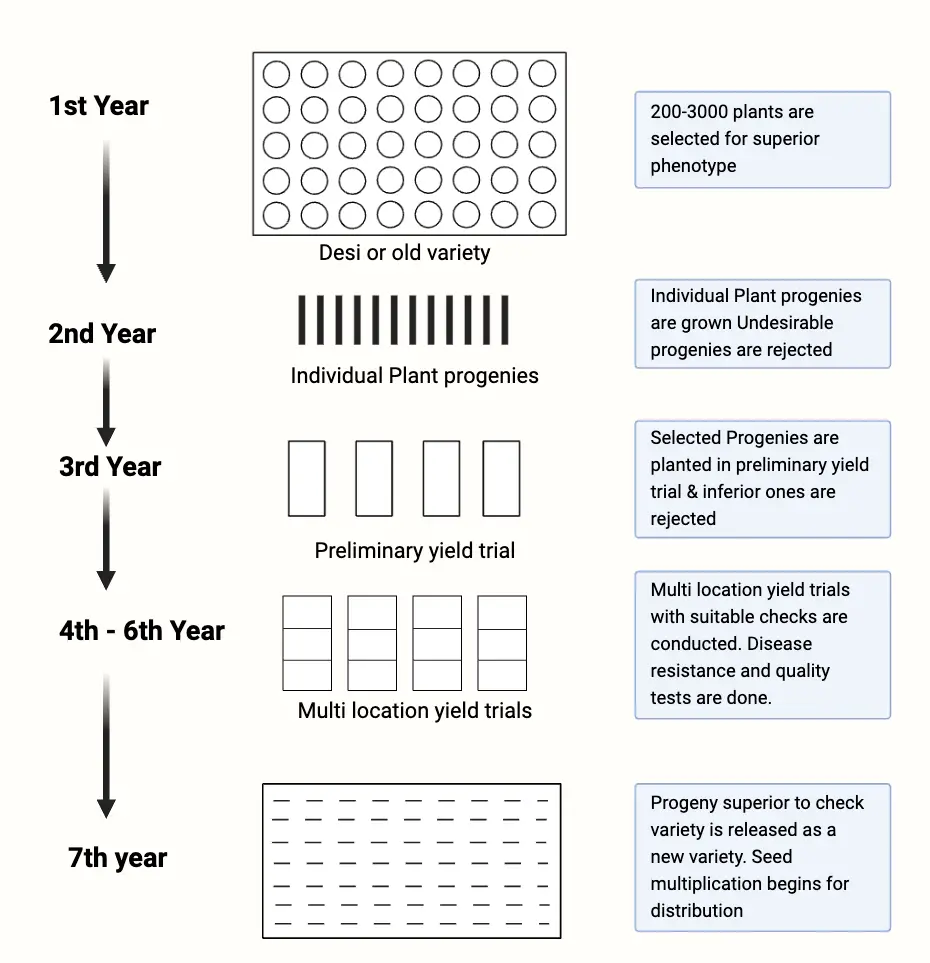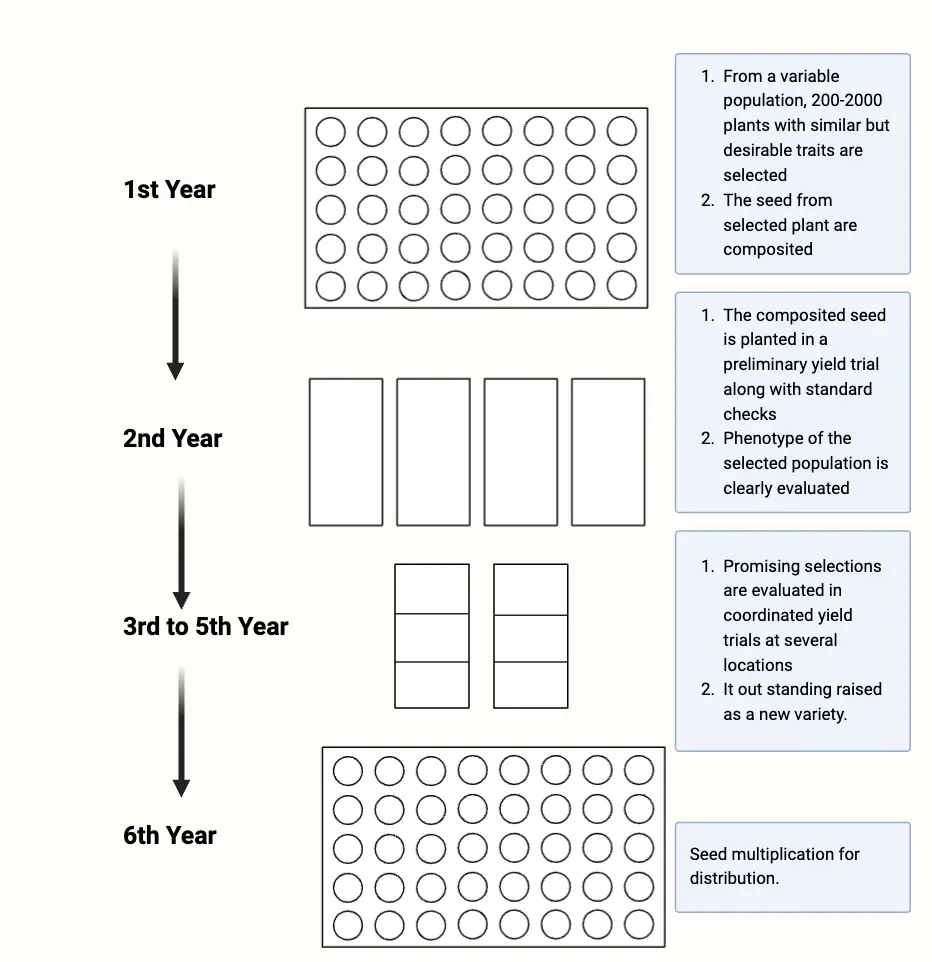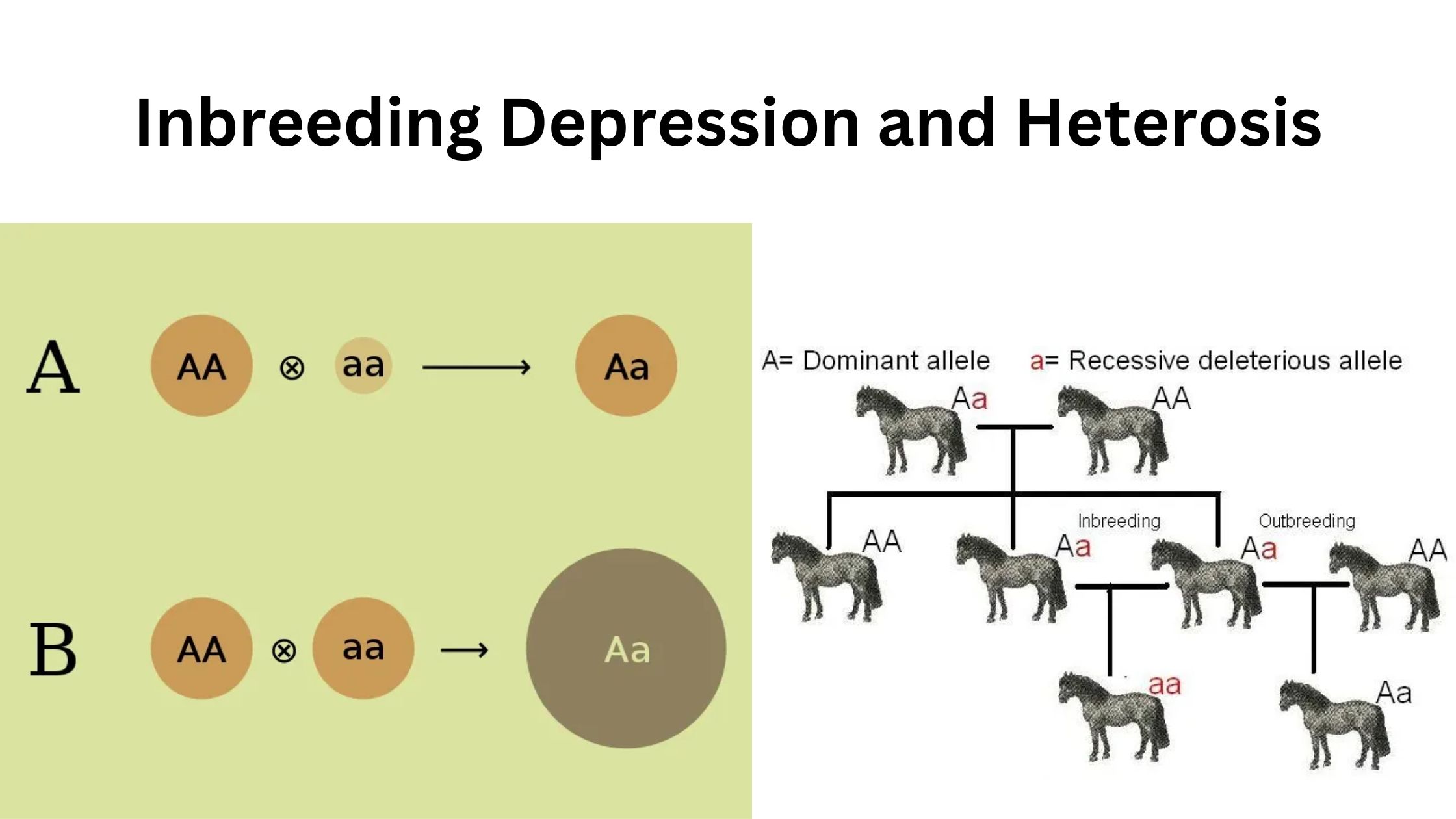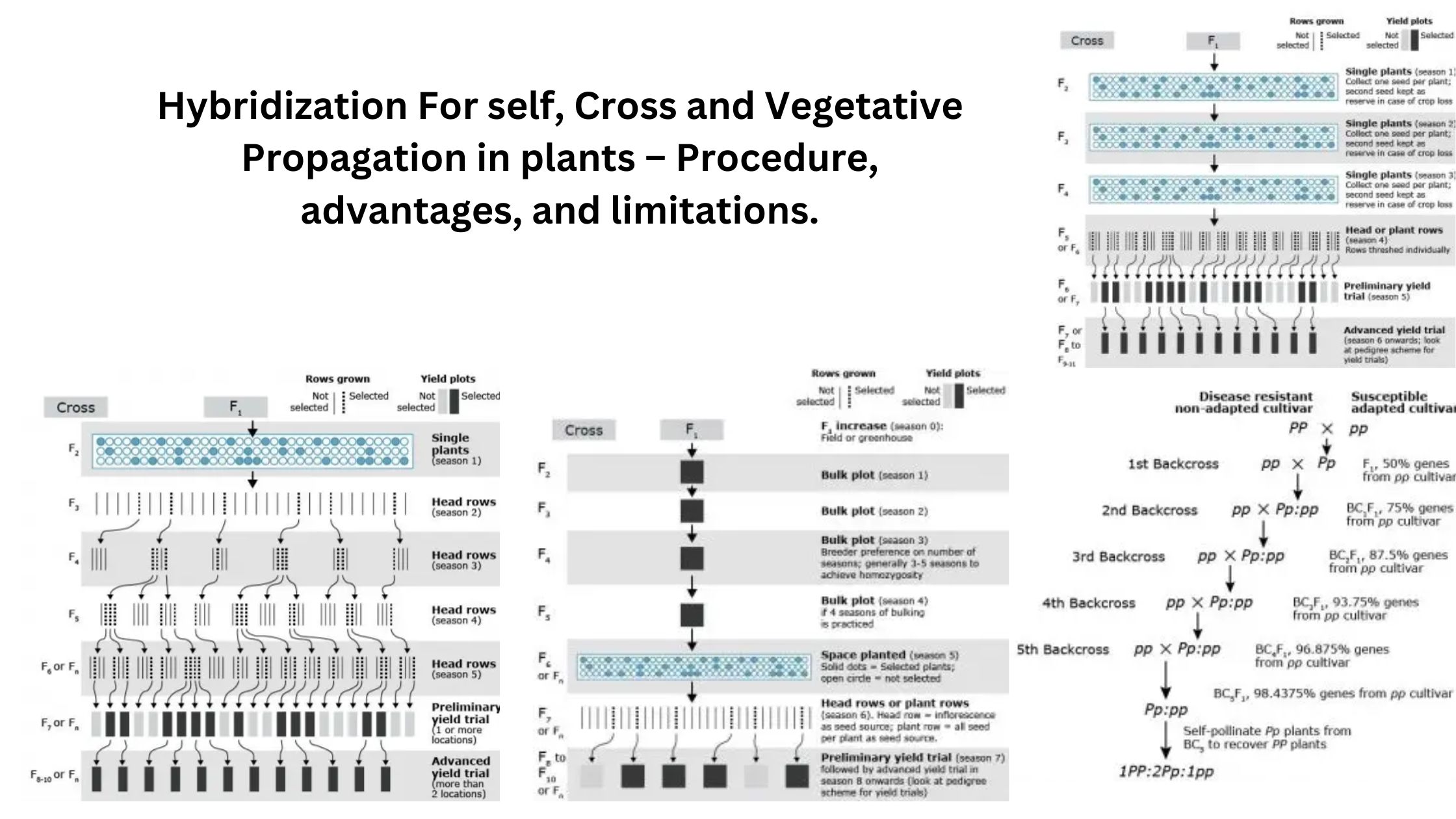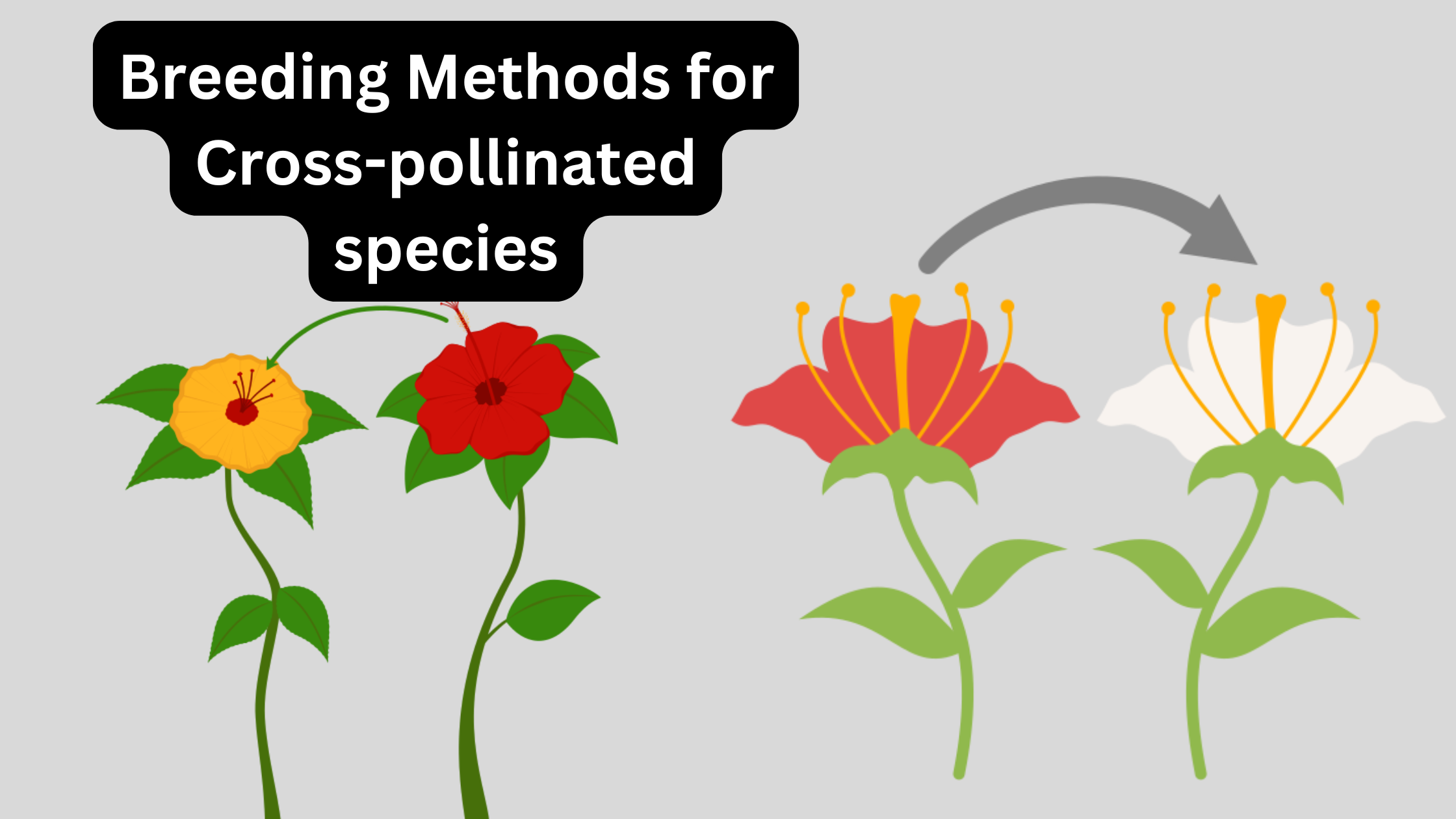Differences between bulk and pedigree methods
What is bulk Method? The bulk method is a plant breeding technique used to develop new varieties by selecting plants with desirable traits through repeated cycles of selection and propagation. Here’s a brief overview of how it works: The bulk method is often used in the early stages of breeding programs to quickly evaluate and … Read more

